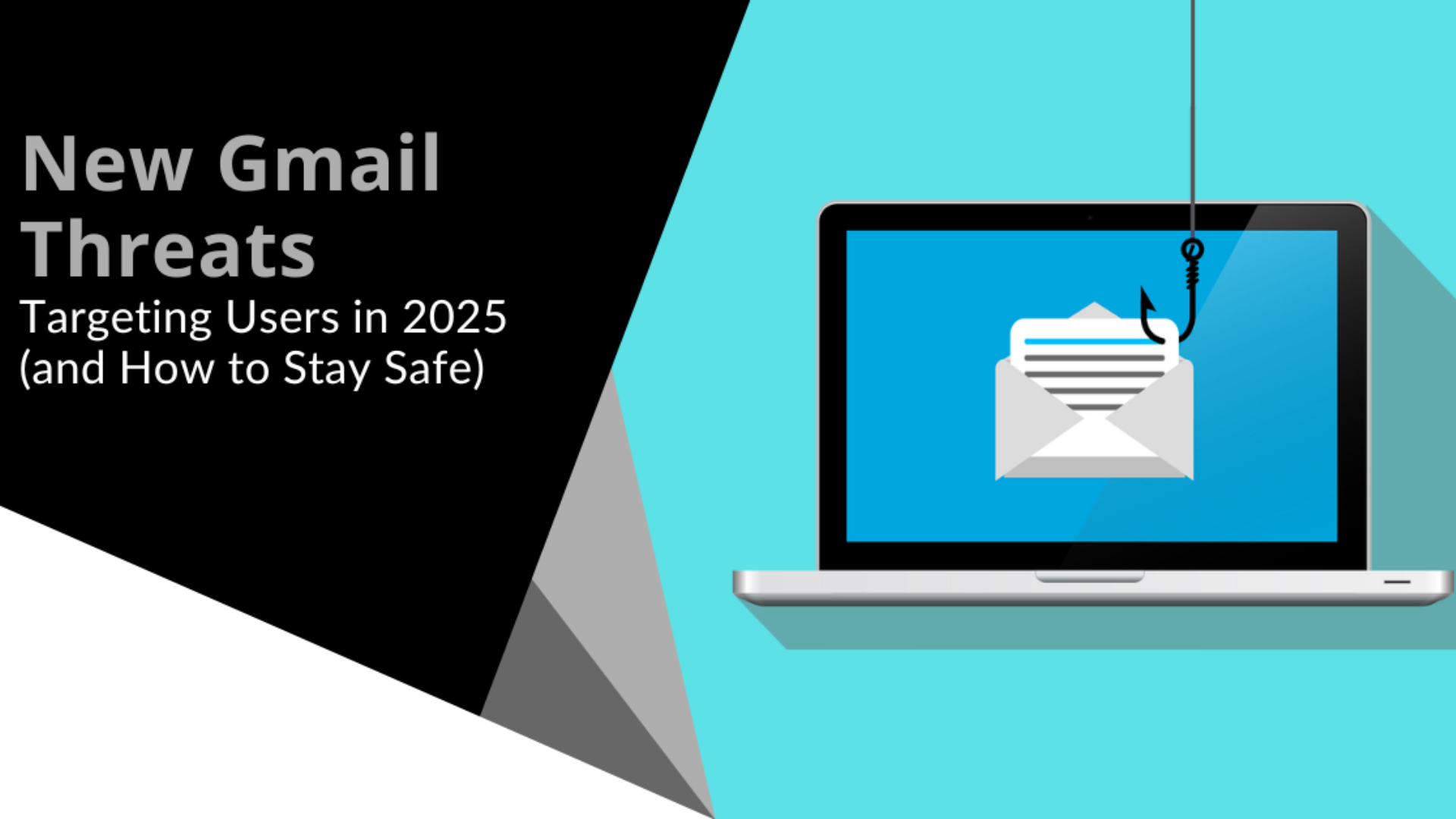Beware of Deepfakes! Learn How to Spot the Different Types
Have you ever seen a video of your favorite celebrity saying something outrageous? Then later, you find out it was completely fabricated? Or perhaps...
Malware and ransomware are two types of harmful software that can compromise your devices and data. In 2024 alone, over 60 million new strains of malware were found, highlighting the importance of staying informed about these threats. This article will help you understand both types of malicious software and how to protect yourself.
Malware, short for "malicious software," is a broad term that refers to any program designed to harm your device or steal your data. There are several types of malware, and each can cause different problems. The four main types of malware are:
Malware can have various negative effects on your device, such as:
Ransomware is a specific type of malware that locks your files or even your entire computer and demands a ransom to unlock them. It's a form of digital kidnapping where cybercriminals hold your data hostage.
Here's how ransomware typically works:
As of 2024, the average ransom demanded is a staggering $2.73 million, a nearly $1 million increase from the previous year. There are two primary types of ransomware:
The key difference between malware and ransomware lies in their goals and methods:
While both types of software can have serious consequences, ransomware is particularly threatening because it often demands a financial payment.
Malware and ransomware can enter your system through several common methods, including:
As technology evolves, so do the tactics used by cybercriminals. Fileless malware is expected to grow by 65% in 2024, and AI-assisted malware is projected to make up 20% of new strains by 2025.
If your device becomes infected, you may notice the following signs:
While no security measure is foolproof, there are several steps you can take to reduce the risk of malware and ransomware infections:
If you suspect your device is infected with malware or ransomware, it's crucial to act quickly:
Understanding the difference between malware and ransomware helps you respond appropriately when attacked. Knowing what type of threat you’re dealing with can guide your actions, whether that means running a specific scan, reporting the attack, or restoring data from a backup. The more knowledgeable you are, the better equipped you’ll be to protect your device and your data.
The digital landscape can be dangerous, but with the right knowledge and precautions, you can stay safe. By understanding the differences between malware and ransomware, practicing good online habits, and using protective tools, you can reduce your risk of falling victim to cyber threats.
If you're unsure about how to protect your devices, or if you need help after an attack, don’t hesitate to reach out for assistance. We're here to help you secure your digital life and protect you from all types of cyber threats.
Newport Solutions has been helping small businesses in Orange County, CA for almost 20 years. Our dedicated team provides comprehensive IT services, ensuring your business operates smoothly and efficiently. From IT support to cybersecurity, we've got you covered. Discover how we can become your business's IT department today.
We proudly serve the following areas: Newport Beach, Irvine, Costa Mesa, and the greater Orange County region.

Have you ever seen a video of your favorite celebrity saying something outrageous? Then later, you find out it was completely fabricated? Or perhaps...

Cybercriminals target Gmail often because of its widespread popularity. As one of the most-used email services in places like Irvine, Santa Ana,...

Cybersecurity is a constantly evolving field. There are new threats, technologies, and opportunities emerging every year. As we enter 2024,...